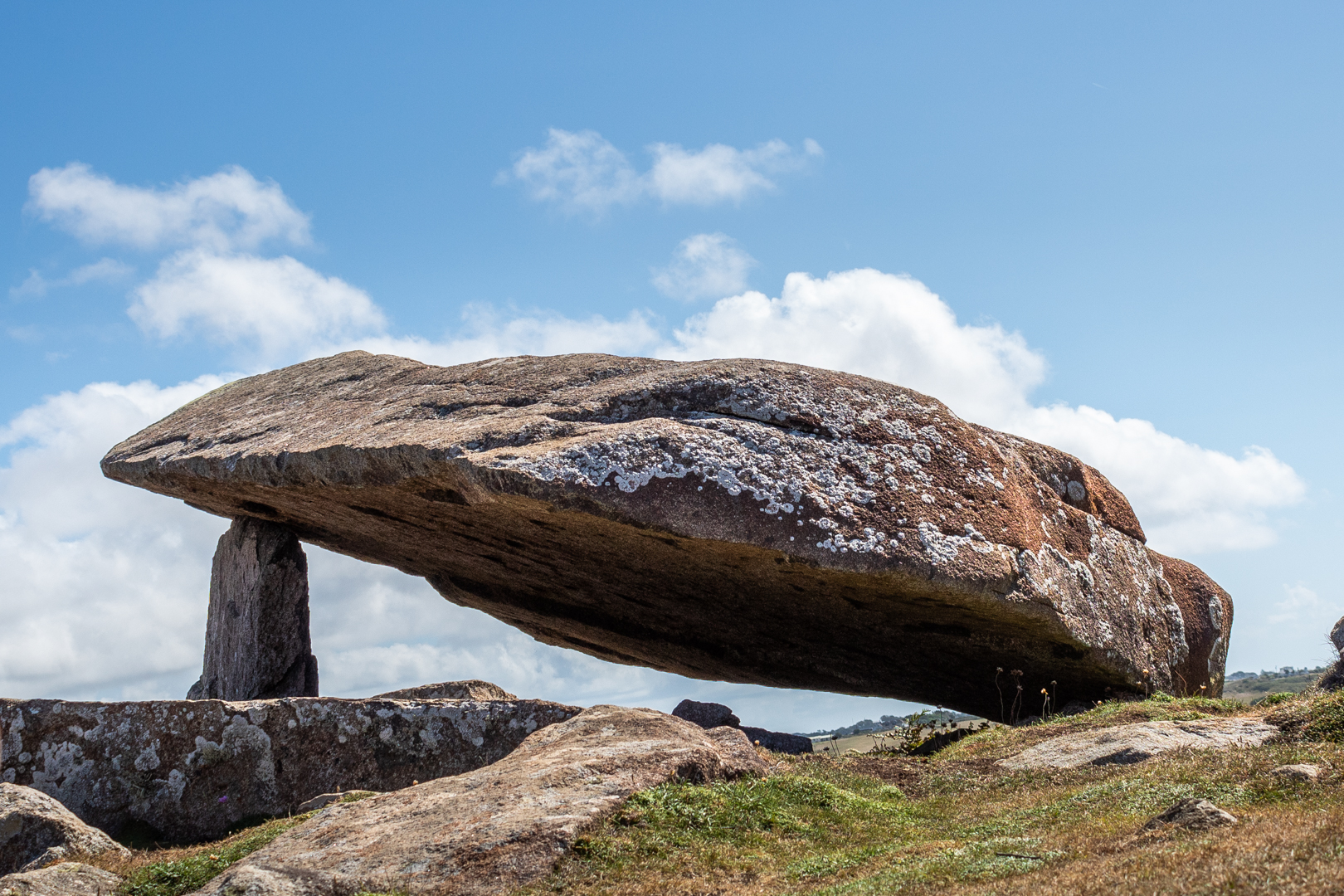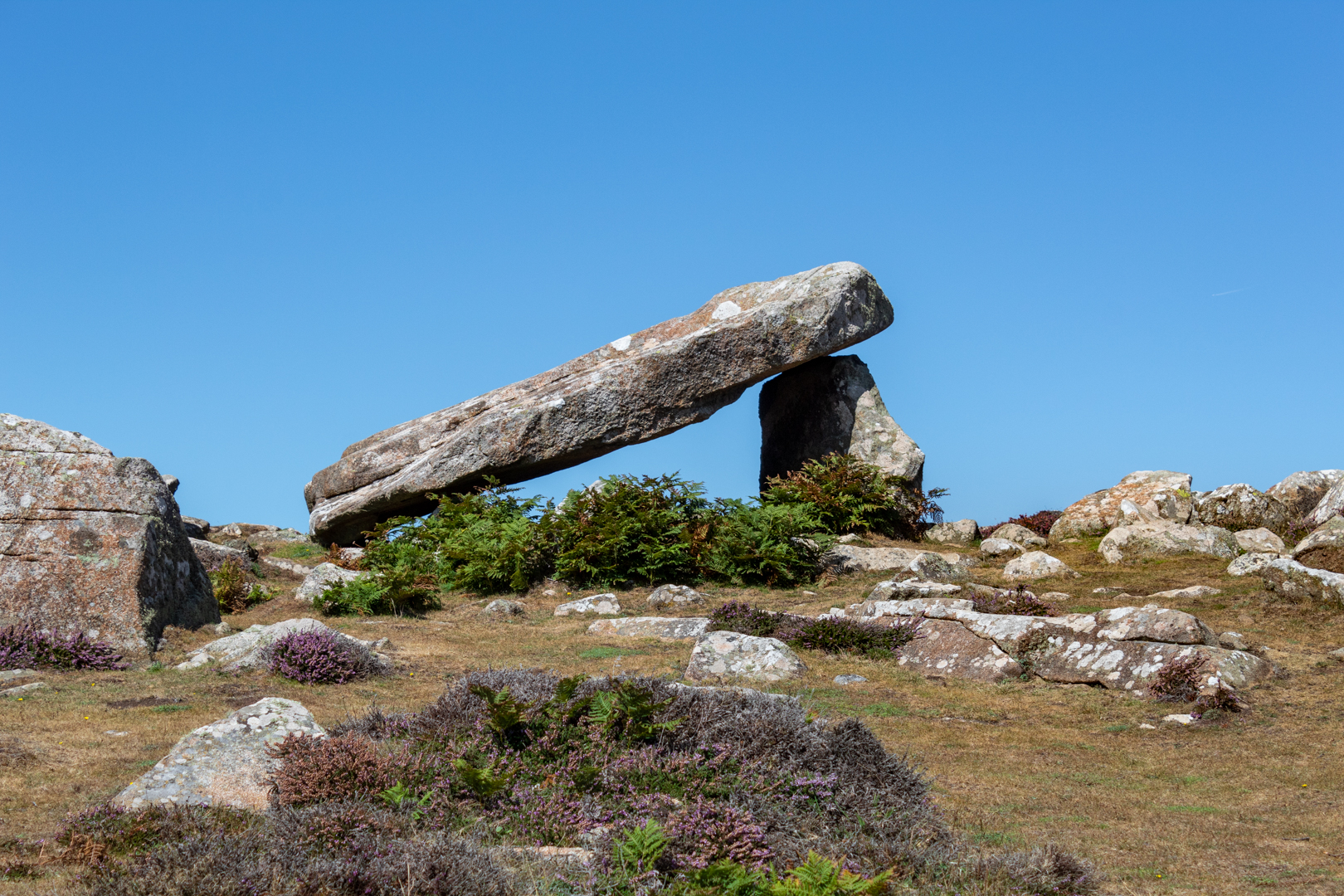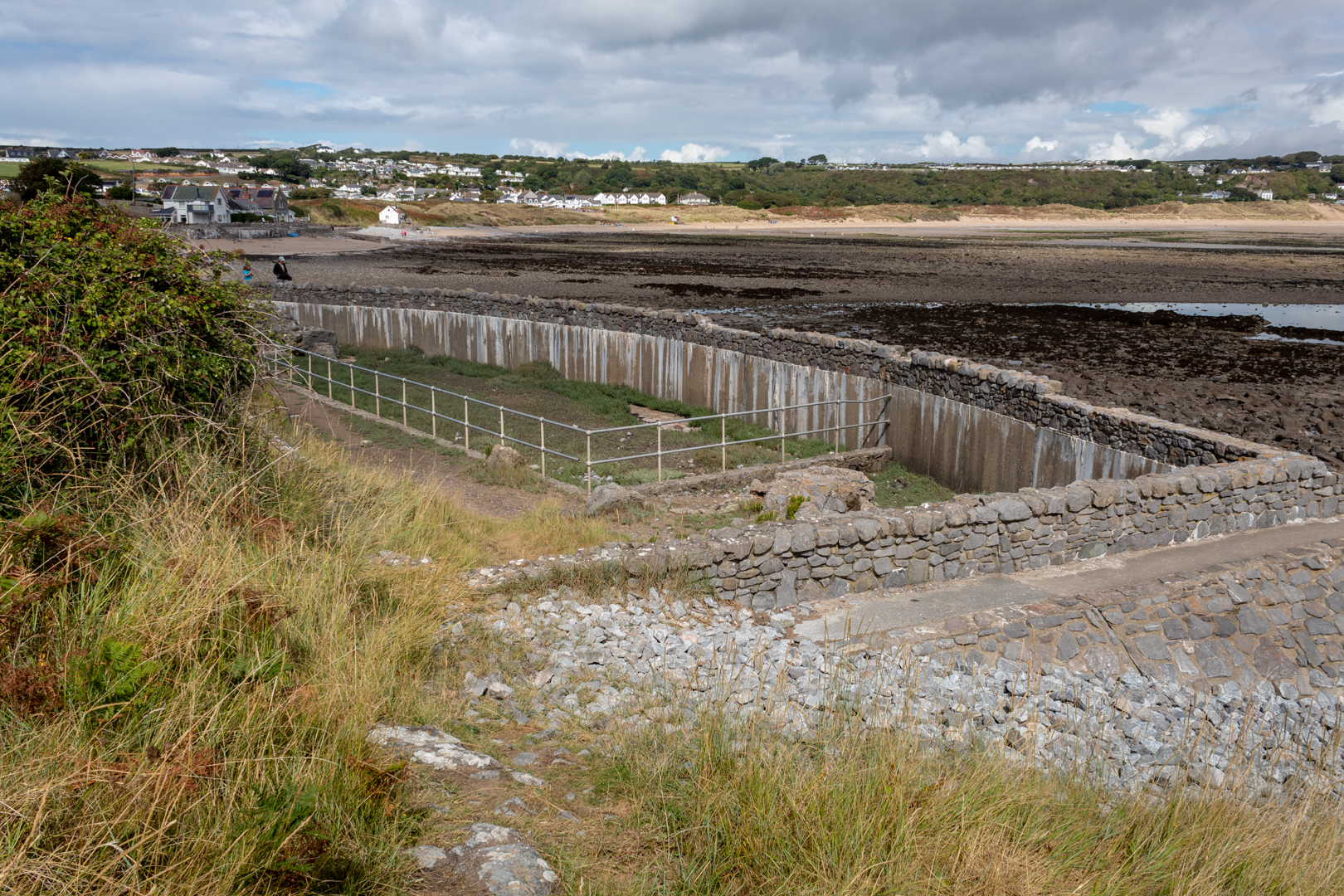___________________________________________________________________________________
P o r t E y n o n S a l t h o u s e
On Port Eynon Point, on the Gower peninsular, overlooking the bay are the surviving remains of the sixteenth-century Port Eynon Salt House.
Much of what survives today owes to the excavation and subsequent protection of the site.
As well as other valuable industries such as coal, iron, lime and fisheries salt is perhaps overlooked but the Salthouse at Porth Eynon is a reminder of this important and valuable commodities production.
Visit Date August 2022
_____________________________________________________________________________________
The complex is of three stone-lined chambers, with walls approximately one metre thick with stone-flagged floors set into the beach at the foot of a low cliff.
The main building still visible today was used for occupation and storage while the three large chambers closest to the beach were used for salt production.
At high tide, the seawater would enter the beach chambers where it would be stored in a holding tank.
The water would be pumped into the Panhouse where large iron pans would be heated by coal furnaces and the water would slowly evaporate. The forming salt would then be skimmed off for storage in the northern building to dry completely.

In the 1500s salt was a valuable commodity not least for the preservation of foodstuff. At this time the British Isles imported much of its salt from France, however, during the mid-1500 the English and French were often at war, so the supply was inconsistent, and the cost grew exponentially and so it became clear that salt produced at home was needed.
The first of the new salt works were set up in 1566 at Dover, Southampton, and on the Essex coast. In the same year, works were established at Blythe near Newcastle, and in the following year, similar concerns were set up in Suffolk and in another part of Essex.
Much of the records of the salt production largely ignored Welsh salt production, but there are records of the salt production that started in mid-west Wales near the Dyfi estuary.

The first knowledge of a salt house at Port Eynon is also mentioned in a document of 1598. It would seem Welsh salt houses of the later 16th century were amongst the most advanced of their day. The value of the salt is perhaps shown by the fact that the site was fortified during the 17th century, with the inclusion of musket loops within the thick walls. It appears, however, salt production ceased around the mid-17th century.

Of course, this is Wales and therefore myths and legends always surround such buildings and this site is no exception.
This site has attracted some interesting stories about its history. The historical annotation of the Lucas family claimed the building was erected in the mid-16th century and fortified by John Lucas who apparently also fortified Culver Hole (
previous blog here) connecting the two via an underground passage. From this stronghold, aided by a group of lawless men, he engaged in piracy, resisting all attempts by the authorities to dislodge him. It is also said that 7 generations later another John Lucas found a rich vein of paint mineral and exported it from his base at the Salt House but shortly after his death the building was ruined in a storm. Although interesting this history was later shown to be a fabricated family history written by the Rev. Dr. J. H. Spry during the 1830s in connection with a family lawsuit over the ownership of the property.

Later in the building's life, some of the buildings were demolished but occupation continued in the main house. The most recent was the use of the northern end as oystermen's cottages, which were finally abandoned circa 1880.
Footer:
Visit Information: -
Google Reference: -
51.53986210851509, -4.208391765954198
What Three Words reference: -
///expiring.bookmark.bright
OS Details: -
SS 46942 84634 Altitude: 13 ft
Additional information.
Visiting is really easy as in Port Eynon there is a large public car park (51.54431040120058, -4.2118757381346805) which is adjacent to a caravan and camping holiday site. There is also public toilets and a café, shop and take away.
The walk is around 600 metres from the car park and is easy and flat.
Just walk through the camping site and past the Youth Hostal.













